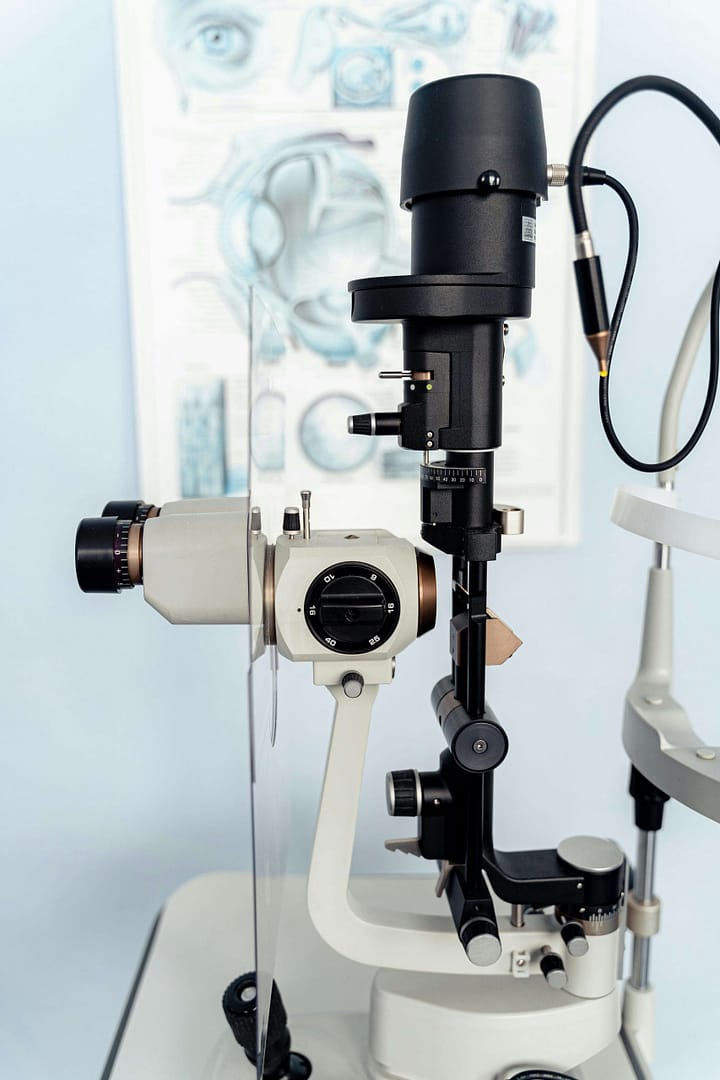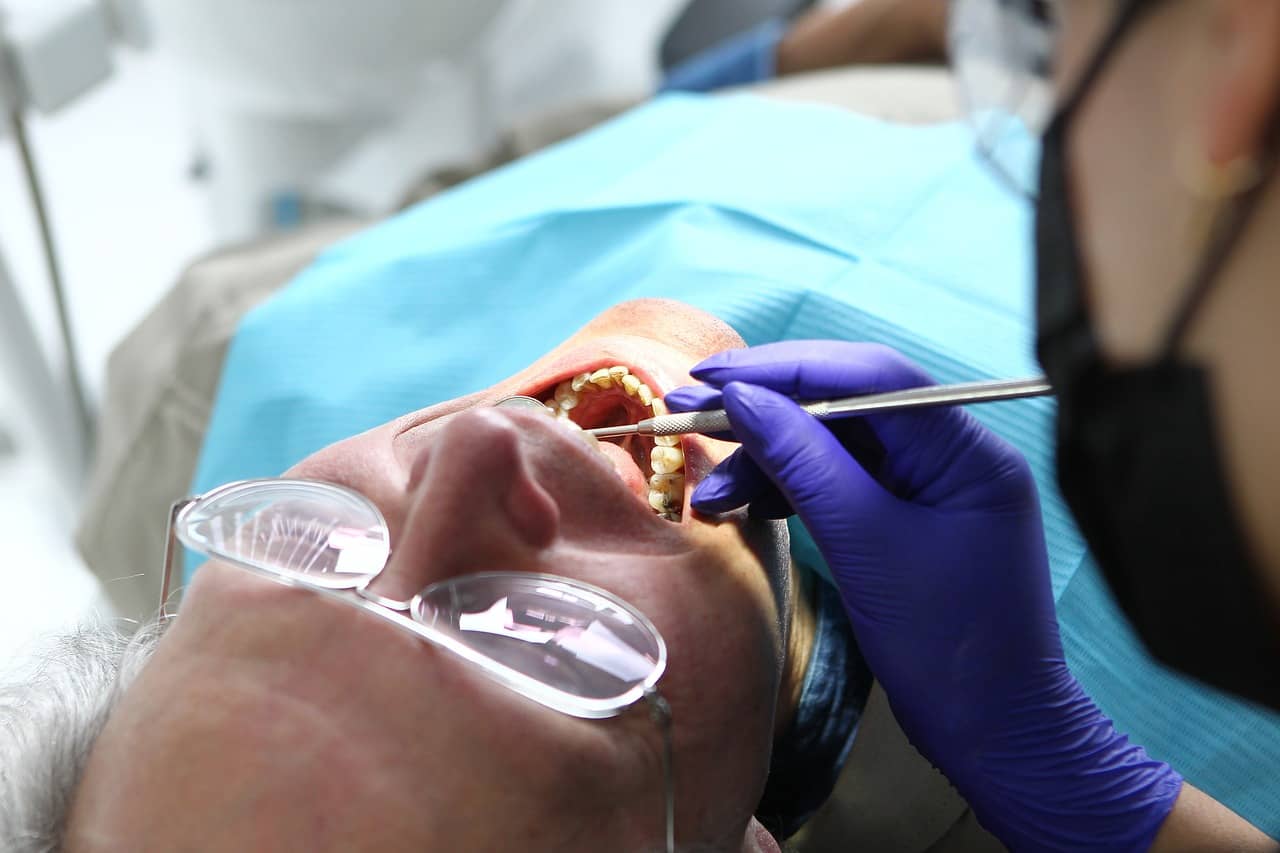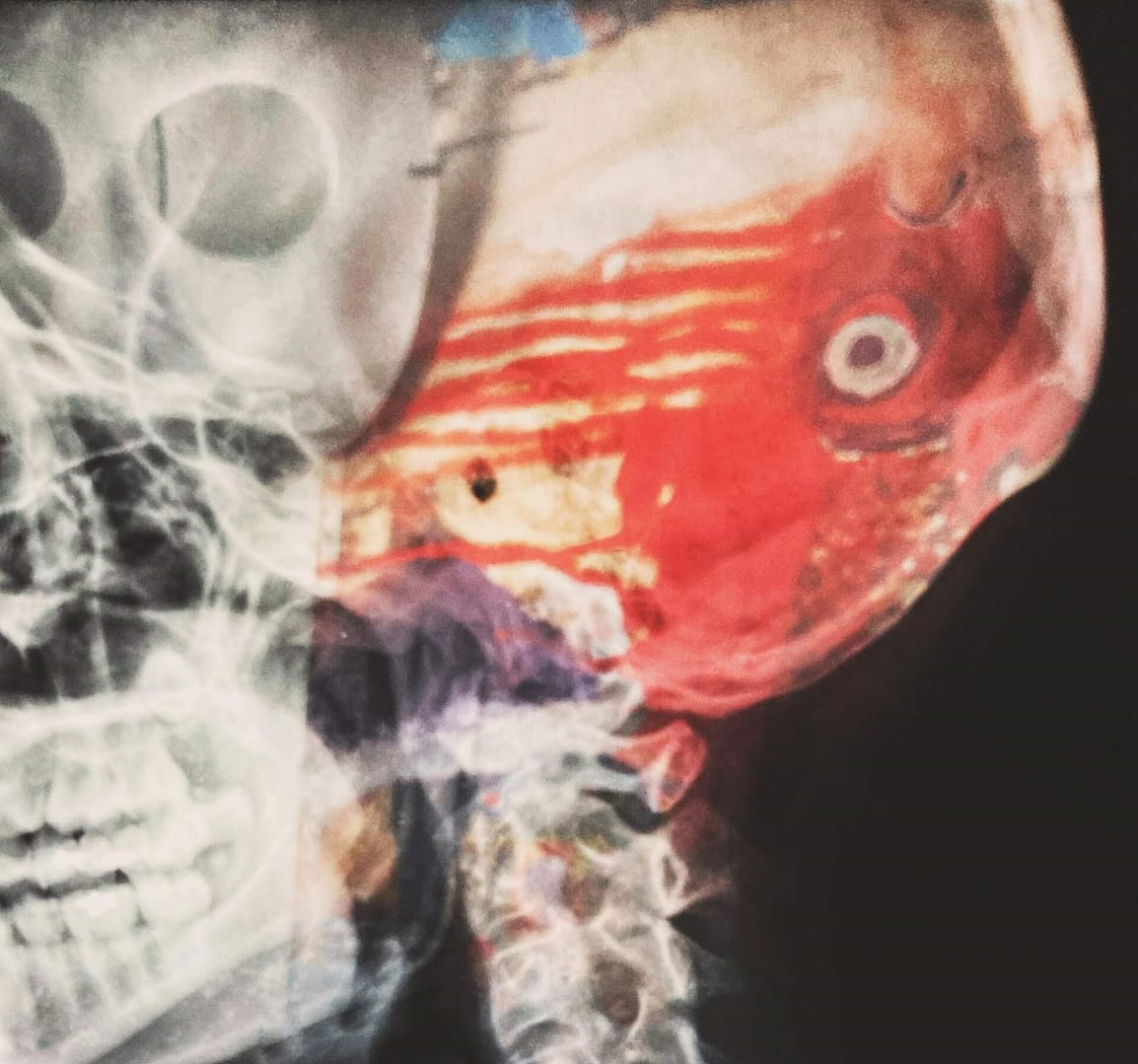Technological advances in eye care have revolutionised the field, offering unprecedented diagnostic accuracy, treatment options, and the potential for early detection of eye diseases. While these innovations hold the promise of improving patient outcomes and reducing the risk of negligence, they also present new challenges and considerations. We will also highlight how you can start a medical negligence claim.
The Rise of AI and Machine Learning in Eye Care
Artificial intelligence (AI) and machine learning (ML) are rapidly transforming eye care, offering new possibilities for the diagnosis and treatment of eye diseases. AI algorithms are capable of analyzing large volumes of medical data, such as retinal images and visual field tests, to detect subtle patterns and anomalies that may indicate underlying conditions. This advanced technology enables earlier and more accurate diagnoses, which can help prevent vision loss and minimise the risk of misdiagnosis or oversight, ultimately improving patient outcomes and enhancing the quality of care.
The Benefits and Risks of AI-Powered Diagnosis
One of the most promising applications of AI in eye care is the early detection of diabetic retinopathy, a leading cause of blindness in adults. AI algorithms can analyse retinal images to identify the first signs of this condition, even before symptoms are detectable. This enables timely intervention and treatment, which can prevent vision loss and reduce the risk of complications.
The integration of AI in eye care presents several challenges. AI algorithms are only as reliable as the data they are trained on, meaning there is a risk of bias or inaccuracies if the data lacks diversity or is not representative of the broader population. Additionally, an over-reliance on AI-driven diagnoses could undermine the importance of clinical expertise and lead to excessive dependence on technology. Striking a balance between AI innovation and human judgment is crucial to ensuring the highest quality of care and the best possible patient outcomes.
The Role of Telemedicine in Eye Care
Telemedicine has become increasingly popular in recent years, especially during the COVID-19 pandemic. In eye care, telemedicine allows patients to consult with eye care professionals remotely, using video conferencing and other digital tools. This can increase access to care, especially for patients in rural or underserved areas, and reduce the risk of negligence by allowing for earlier detection and treatment of eye diseases.
The Potential for Improved Access and Outcomes
Telemedicine can also improve patient outcomes by allowing for closer monitoring of chronic eye diseases and earlier intervention in cases of complications. For example, patients with glaucoma can use telemedicine to monitor their intraocular pressure at home, allowing for earlier detection of changes and timely adjustment of treatment.
However, telemedicine is not without its limitations. Some eye conditions require in-person examinations and cannot be adequately assessed remotely. Additionally, there is a risk of misdiagnosis and delayed treatment if telemedicine is not used appropriately.
Surgical Innovations and Negligence Concerns
Technological advancements have revolutionized eye surgery, introducing innovative techniques and cutting-edge technologies that enhance precision and improve patient outcomes. One notable example is laser-assisted cataract surgery, which has become the standard of care. This advanced technique offers faster recovery times, greater accuracy in lens removal, and a reduced risk of complications compared to traditional cataract surgery, leading to improved visual results and a more efficient healing process.
Balancing Innovation with Patient Safety
However, the introduction of new surgical technologies also raises concerns about patient safety and the potential for negligence. New technologies require specialised training and expertise, and there is a risk of complications if surgeons are not adequately trained. Additionally, the use of new technologies may lead to a rush to adopt them before their safety and efficacy have been fully established.
The Impact of Wearable Technology on Eye Care
Wearable technology, such as smart glasses and contact lenses, is increasingly being used in eye care. These devices can monitor eye health, track eye movements, and even deliver medication. This can improve patient outcomes by allowing for earlier detection of eye diseases, closer monitoring of chronic conditions, and more personalised treatment.
The Potential for Early Detection and Personalised Treatment
For example, smart contact lenses can monitor intraocular pressure in patients with glaucoma, allowing for earlier detection of changes and timely adjustment of treatment. Wearable devices can also track eye movements in patients with strabismus or other eye movement disorders, providing valuable data for diagnosis and treatment.
However, the use of wearable technology in eye care also raises concerns about privacy and data security. These devices collect sensitive personal data, including health information and eye movement data, which could be misused or exploited.
The Future of Technological Advances in Eye Care
The future of technological advances in eye care is bright, with the potential for further improvements in diagnosis, treatment, and patient outcomes. However, it is important to balance innovation with patient safety and ensure that new technologies are used appropriately and ethically.
The Need for Collaboration and Ethical Considerations
Collaboration between eye care professionals, researchers, and technology developers is crucial to ensure that new technologies are developed and implemented in ways that prioritise patient benefits and minimise the risk of errors or negligence. It is equally important to address ethical considerations, such as ensuring patient privacy, safeguarding data security, and obtaining informed consent. By balancing innovation with ethical responsibility, we can maximise the positive impact of technological advancements in eye care while protecting patient rights and well-being.
Making a Medical Negligence Claim with National Claims
At National Claims, we understand the devastating impact that medical negligence can have on your life and the lives of your loved ones. If you believe you or a family member has suffered harm due to substandard medical care, such as misdiagnosis, surgical errors, medication errors, or delayed treatment, we are here to help you by connecting you with a solicitor from our panel who will be able to assess your case.
Free Consultation
We recognise that every medical negligence case is unique, and we’re here to offer you a free, no-obligation consultation to discuss your specific situation. During this consultation, we’ll listen attentively to your experience, and assess the potential strength of your claim. Our team will then connect you with a qualified solicitor from our panel who specialises in medical negligence claims, ensuring that you receive the expert legal representation needed to pursue your case effectively.
*Customers pay up to 25% (incl. VAT) of the amount recovered towards solicitor costs and if you cancel outside your cooling off period, you may be charged a fee.
Contact us today to speak to one of our claims agents who will be able to help you get started on your claim.
Click below to see why we are one of the most trusted claims management companies in the UK.

We’re proud of our excellent customer reviews
We thrive on delivering exceptional service and ensuring our clients’ satisfaction. Don’t just take our word for it. Check out some of our independent reviews to see what our clients have to say.
Excellent

This firm is excellent, they sorted out my car pay out and injury claim very fast, they always communicate with you all the time.

My accident case was dealt with confidence and with great result of the outcome, especially James kept me informed all the time.

I was very impressed at the way my inquiry was treated. I was listened to attentively and everything I needed to know was explained to me.






